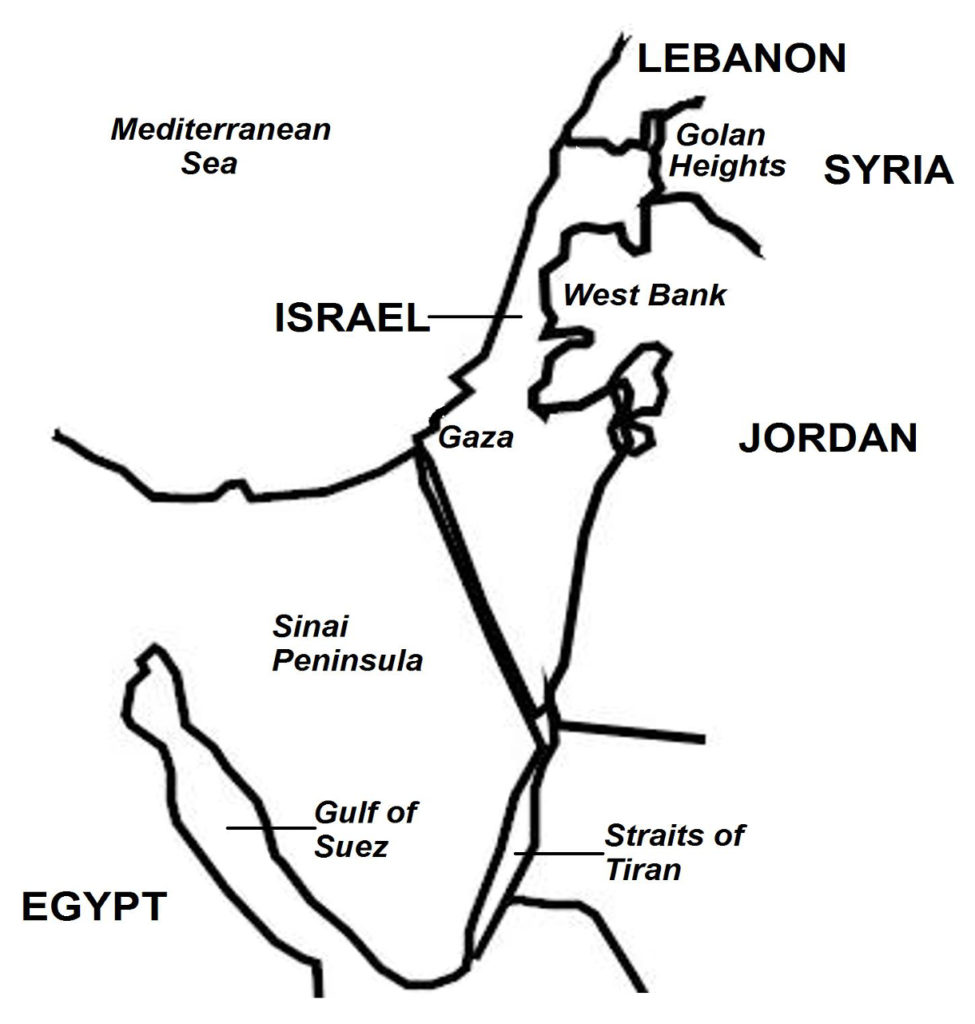On March 14, 1978, Israel launched Operation Litani, with its warplanes attacking Palestinian Liberation Organization (PLO) bases in Southern Lebanon. Some 25,000 Israeli soldiers in mechanized units and supported by heavy armor and artillery then crossed into South Lebanon along two fronts, from northern Israel and from the Golan Heights. Another Israeli force was tasked to cut off PLO escape routes to Syria, while the Israeli Navy blockaded the coast of Southern Lebanon.
In the face of the overwhelming Israeli offensive and to avoid being trapped, the PLO retreated north from South Lebanon, which allowed the Israelis to advance rapidly and meet only light opposition. The Israelis stopped at the southern bank of the Litani River; by then, they had seized control of South Lebanon, except for the city of Tyre.
The Lebanese government condemned the invasion and filed a protest at the UN. On March 19, 1978, the United Nations Security Council (UNSC) passed two resolutions that contained the following stipulations: a ceasefire, withdrawal of Israeli forces from South Lebanon, and establishment of a security zone between Israel and Lebanon. On March 23, Israel accepted the ceasefire; four days later, the PLO approved it as well. Facing strong domestic pressure, Israel withdrew its forces from South Lebanon in June 1978. Israel, however, turned over its areas of control to the SLA. Also on March 23, the United Nations Interim Force in Lebanon (UNIFIL) arrived in South Lebanon to enforce the two UNSC resolutions.

(Taken from 1978 South Lebanon Conflict – Wars of the 20th Century – Volume 3)
Background In 1947, the United Nations (UN) approved a plan to partition Palestine into two new states: Israel and Palestine, for the Palestinian Jews and Palestinian Arabs*, respectively. But following two wars that broke out in Palestine (the 1947-48 Civil War in Mandatory Palestine and the 1948 Arab-Israeli War), the country of Israel was established but a Palestinian state was not, and some 700,000 Palestinians lost their homes and lands and became refugees in the Gaza Strip, West Bank, and South Lebanon (Map 15). There, the Palestinians radicalized and formed militias that carried out armed attacks into Israel. The Palestinians were determined to destroy Israel and expel the Israelis from Palestine, and establish a Palestinian state. However, these plans were dealt a major blow in the Six-Day War, where Israel defeated Egypt, Jordan, and Syria, gained control of the West Bank and Gaza Strip (thereby the whole of Palestine), and secured Israel’s military power over the region.
In 1964, a Palestinian militant group called the Palestine Liberation Organization (PLO) was formed that grew rapidly to become a major threat to Israel’s security. In 1971, after being expelled from Jordan, the PLO moved to South Lebanon, which soon became the center of militant activities for cross-border raids into Israel and international terrorist attacks against governments and civilian targets in other countries. The Palestinian diaspora into South Lebanon and the arrival of the PLO greatly upset the fragile balance within Lebanon’s religion-based political and military institutions, a destabilization that ultimately plunged Lebanon into a long and bitter civil war starting in 1975.
The weakened Lebanese government lost authority of South Lebanon to the Palestinians, who, led by the PLO, established in South Lebanon a “state within a state” with the formation of a quasi-government with its own civilian and military institutions. Thereafter, the PLO increased its attacks on Israel, which in turn, were met with Israeli counter-strikes in South Lebanon.
Then on March 11, 1978, a team of PLO commandos secretly entered Israel and went on a killing rampage before and after seizing two civilian buses in the Coastal Highway and Tel Aviv-Haifa Road. A shoot-out with Israeli security forces ended the attack. The PLO attack caused 38 Israeli civilians killed and 71 others wounded; 9 of the 11 PLO commandos also were killed. The PLO claimed responsibility for the attack.
Israel then made the decision to invade South Lebanon to put an end to the cross-border attacks. The aim was to expel the PLO from South Lebanon and allow Israel’s Lebanese ally, the South Lebanon Army (SLA), a Maronite Christian militia, to establish authority in the region.
